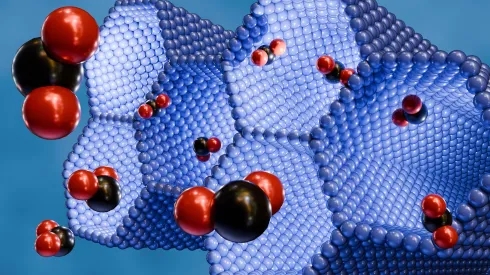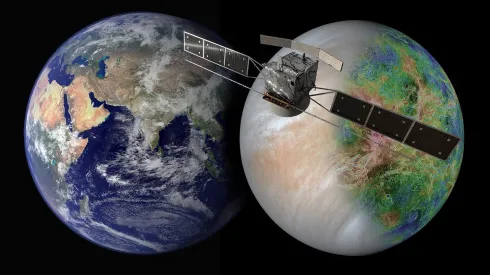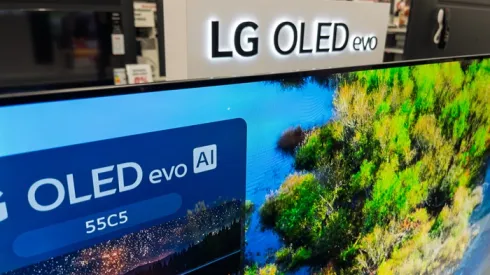-

Warsaw researchers develop eco-catalyst to transform carbon dioxide and glycerol
Scientists at the University of Warsaw have developed a nanocatalyst that transforms waste glycerol and carbon dioxide into glycerol carbonate, a potentially cheaper and greener route for producing materials used in lithium-ion batteries, bioplastics, and pharmaceuticals.
-

Children treat robots politely regardless of communicative style, Polish researchers find
Children remain polite to robots even when the machines speak to them in a commanding manner, Polish researchers have found. The finding challenges the assumption that children automatically imitate the communication style of machines.
-

Polish innovators win James Dyson Award 2025 for ‘life-saving’ water monitoring technology
A team of engineers from Warsaw has won the 2025 James Dyson Award in the “Sustainability” category, a global recognition for young inventors tackling real-world problems.
-

Polish engineers ‘develop mechanisms’ to probe surface of Venus
A Polish team will develop mechanisms resistant to extreme space conditions for the Envision mission, the first probe to study Venus’s surface, interior, and atmosphere.
-

Polish scientists build national database to train self-driving cars for complex traffic
Scientists are developing a Polish database of test scenarios for autonomous vehicles as part of the DARTS-PL project, aimed at facilitating the introduction of the cars in the country.
-

Scientists find ‘twisted metallic magnet’ could transform spintronics and electronics
A metallic “twisted” magnet conducts electricity more easily in certain directions and generates a strong signal without an external field, an international team including Kamil Kolincio, PhD, from the Gdańsk University of Technology has found.
-

Glowing infrared nanoparticles could improve drug tracking and medical imaging
Nanoparticles that continue to glow in infrared light after the light source is turned off could improve drug tracking in the body, physicists from Wrocław report.
-

Wrocław scientists develop new non-evasive eye diagnostics technology
A new method for functional imaging of the human retina to improve the diagnosis of eye diseases, is being developed by scientists at the Wrocław University of Science and Technology.
-

Researchers in Poland create new materials for printable OLED displays
Researchers from Toruń, Kraków and Bydgoszcz have developed new benzimidazole-based compounds that could make the production of OLED displays faster and cheaper. Their findings, published in the Journal of Molecular Structure, show that the materials can be used to create light-emitting layers through solution processing, a method similar to inkjet printing.














